
Nylon is a synthetic fiber and polyamide that, unlike polyester, can be dyed at both acidic and slightly basic pH conditions. This makes it suitable for both acid dyes and disperse dyes. Both of these processes require heat to fix the dye to the nylon, so take care when dying nylon-lycra blends, a combination that is heat sensitive. Avoid stressing this fabric combination while it is hot, so do not twist or stretch a nylon-lycra garment during the dye process.
Acid Dyes
Although nylon is a synthetic fiber, it dyes well with the same acid dyes typically used on animal fibers such as wool or silk. A color mixed from two different dyes will not, however, provide the same color hue on nylon as on wool or silk. Ask your dye supplier for advice on a specific acidic dye for your nylon garment. Smarttime.com, for instance, recommends acid dyes such as acidol E (basf), tectilon (ciba), nylosan E (clariant) and nylantrene B (crompton) for light colors and acidol X (basf) nylosan N (clariant), polare (ciba) and telon A (dystar) for medium and dark colors for nylon 6 and 66 blends.
Disperse Dyes
Disperse dyes are usually used for dyeing synthetic, acrylic fibers such as polyesters and cellulose acetate. Use disperse dyes to dye nylon-polyester blends. For medium to darker shades of pure nylon, opt for acid dyes, as disperse dyes will lack wet and light fastness.
All-Purpose Dyes
Most all purpose dyes, such as Dylon’s Multi-Purpose Dye or Rit Dye, will dye nylon. It is, however, hard to predict the color outcome of a multipurpose dye on nylon. According to Pburch.net, pure acid dyes will give you better results on nylon.
Natural Dyes
As many natural dye recipes are acid dyes, incorporating acids such as vinegar or citric acid takes well on nylon. Cochineal will dye nylon an intense red with a brownish tone, while turmeric dyes nylon a medium golden yellow. Indigo, as a rule, does not dye very well on synthetic fibers, but according to Autex Research Journal, nylon fabrics can be dyed with indigo in carefully controlled pH conditions (acidic to slightly alkaline).
Related Articles
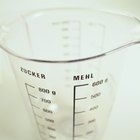
How to Dye Cotton Pants

How to Dye Faded Clothes

How to Dye a Cotton Blazer

How to Dye Leotards

How to Darken Jeans

How to Dye Neon

The Best Way to Lock in Fabric Dye Color

How to Remove Blue Jean Dye Stains from ...

How to Get Color Out of Nylon Fabric
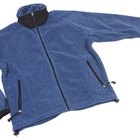
How to Dye a Fleece Jacket
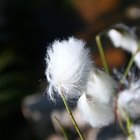
What Types of Fabrics Absorb Dye Best?

How to Dye Nomex

How to Color Hair After Using a ...
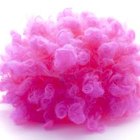
Can You Dye Wigs?

Can Modal Be Dyed?

How to Dye Fabric Using Kool-Aid & ...

How to Dilute Too Bright Fabric Dye to ...

How to Dye Fabric Black

How to Dye a Nylon & Spandex Swimsuit
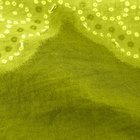
Instructions for Dylon Permanent Fabric ...
References
Writer Bio
Virtually growing up in a computer repair shop, Naomi Bolton has held a passion for as long as she can remember. After earning a diploma through a four year course in graphic design from Cibap College, Bolton launched her own photography business. Her work has been featured on Blinklist, Gameramble and many others.
Photo Credits
Paint pigments 2 image by paolanogueras from Fotolia.com